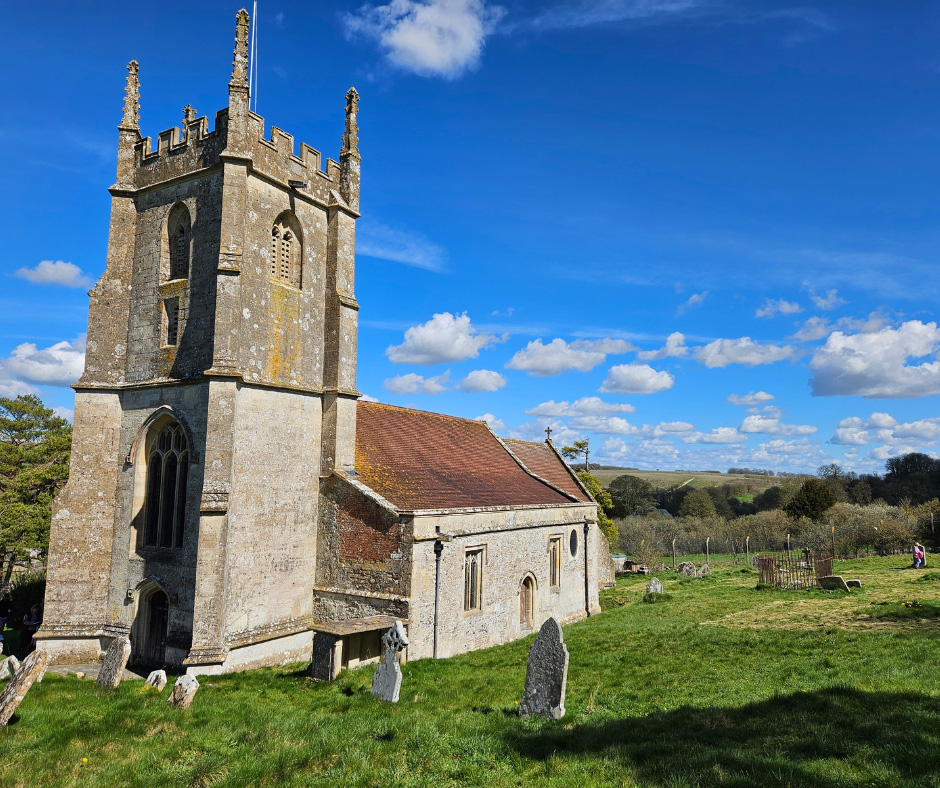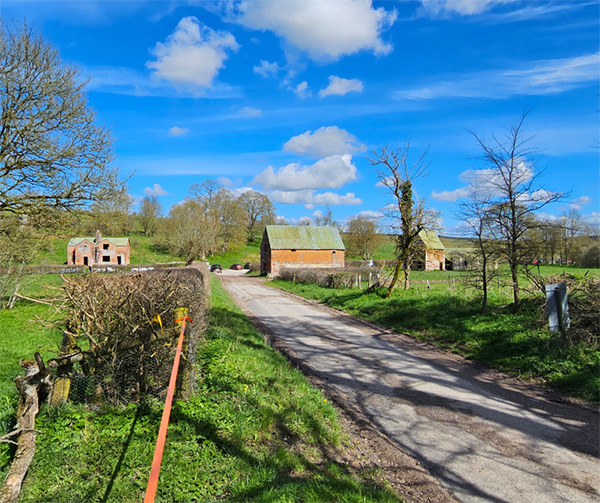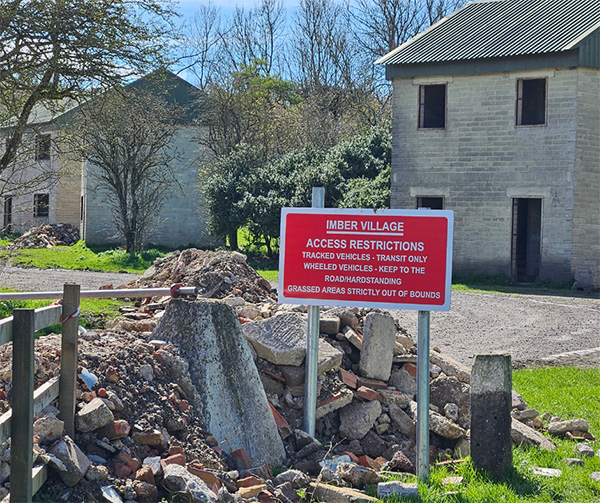
Residents of Imber Village
The residents of Imber Village were heartbroken in receipt of such tragic and sudden news about the village that was home to them. Many residents even fell critically ill as they were struggling to come to terms with such a difficult change. Albert Nash, who was a blacksmith at Imber Village for 40 years, had even passed away from a broken heart shortly after receiving the crushing news. Recently, Ray Nash (Son of Imber blacksmith, Albert Nash) had passed at the age of 87, he was evacuated from the village at just one year old. However, Ray had expressed that he felt a heartwarming connection to the village despite being so young. His family has said that Ray had always wished to be buried alongside his father and, with MOD’s permission, his wish was granted. Ray Nash may be the last resident of Imber Village to be buried there as it is very unlikely that other former villagers are remaining 80 years after the evacuation.
A campaign known as ‘forever Imber’ was created and was deemed successful when gaining public attention which was soon raised to the House of Lords. Unfortunately, the decision for the Village to remain as the training area was final, therefore the villagers were unable to return. Several attempts were made to return to their beloved homes. For example, in 1961 a huge convoy consisting of over 700 vehicles made the journey to Imber where roughly 2000 people agreed to form an association for the restoration of their village.

Imber Village
Long before 1936, Imber was a happy and thriving village located in Wiltshire. However, during the Icey winter of 1936, during the later stages of the war, all residents were instructed to abandon their homes in just 47 days as the army would require plenty of space for military training. Villagers of Imber were assured that they would be able to return to their village roughly six months after the war was over! Although, this never happened as Imber then became the permanent property of the Ministry of Defence and remains as such to this day.

Imber Village Now
Today, Imber Village is on the Range of Salisbury Plain, which is now the UK’s largest training ground. It is solely used by the Military, where weapons are trialed and tested, including the use of abandoned buildings for urban warfare training.
Entry to the main village is strictly prohibited due to health and safety reasons as many of the village buildings substantially suffered shell and explosion damage due to the War (such as leftover military debris) as well as poor weather conditions. This meant that the homes were not at all suitable for habitation. Despite this, St Giles Church which is a part of the village, is accessible a few days throughout the year in agreement with the MOD, such as Easter periods and near Christmas time with safety and access restrictions put in place. There are several unique pieces of history that really tell the story of the village, some of which include St Giles Church, this is a very important part of Imber, as it is the only building that is not used by the military. St Giles Church is also very protected and well groomed as it was once treasured by the residents of Imber.
Imber Village is wonderfully unique and historical, it is special to many in the local area of Wiltshire, it definitely is a place worth visiting.
